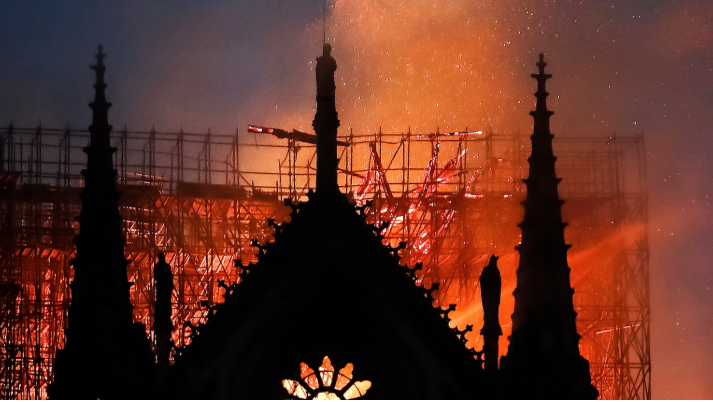
Notre-Dame and Sri Lanka — why such a disparity in our reactions?
On April 15, 2019, just before 18:20 CEST, a structure fire broke out beneath the roof of Notre-Dame Cathedral, Paris. By the time it was extinguished, some 15 hours later, the building’s spire and most of its roof had been destroyed. Though its upper walls were severely damaged, extensive damage to the interior was prevented by its stone vaulted ceiling, which played a significant role in containing the burning roof as it collapsed. Numerous works of art and other treasures were evacuated early in the emergency; nevertheless, many other masterpieces were damaged or destroyed. The outpouring of grief from around the world when Notre Dame erupted into flames quickly turned into a resolve to rebuild — and by the 18th of April, just three days after the fire started, crowdfunding efforts to help repair the damage had surpassed the $1 billion mark.
On the 21st of April, 2019, a series of coordinated terrorist attacks took place in Sri Lanka. Three Christian churches across the land as well as three luxury hotels in the commercial capital Colombo were targeted in a series of coordinated attacks. At least 321 people were killed, including 39 foreign nationals and three police officers; at least 500 were injured in the bombings. At the time of writing this — April 24 — not a single significant crowdfunding effort exists.
Is this a damning reflection on society?
The answer is a categorical yes.











